[Shubo's Ten Hands]
April 21, 2017 12:00
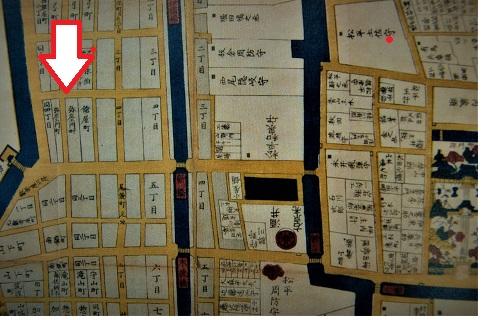
 This is a map issued in 1861 (1861). There is Hodo Inari Shrine in this area since the Edo period.
This is a map issued in 1861 (1861). There is Hodo Inari Shrine in this area since the Edo period.
You can see Yazaemon-cho in the place of the arrow. It's around the current Namiki-dori St. It is a shrine that was enshrined in Edo Castle to protect the growth of the successor of the Shogun family during the Edo period when the Inari religion was thriving. It is said that Yazaemon, the guardian of the temple, was built in response to the deity of divine spirit.
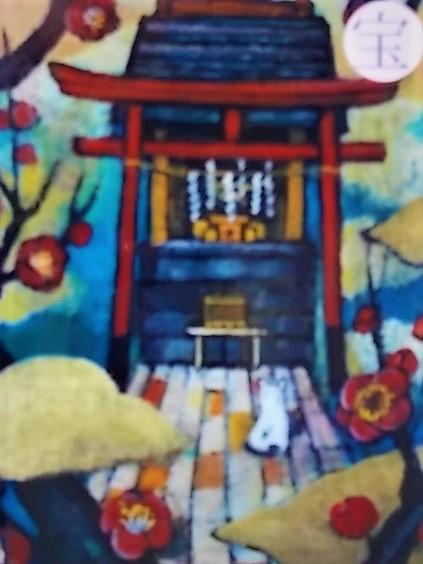
In addition, Yazaemon placed his residence here and served as a talisman for Inari throughout his life. Therefore, it came to be called Yazaemon-cho.
Hodo Inari Shrine is  still gaining a strong religion as a shrine that gives good luck in prayer for child treasures and thriving business.
still gaining a strong religion as a shrine that gives good luck in prayer for child treasures and thriving business.
 Why don't you visit the shop in Ginza?
Why don't you visit the shop in Ginza?

It's Hodo Inari Shrine.
The file Omikuji is elaborate. It's a souvenir.
Of course, it can be used as a file.
It's a very hard-to-understand place.
Turn left  at Harumi-dori St. toward Tsukiji, turn left at the Ginza Tensho Domae angel and turn left at about 50 meters.
at Harumi-dori St. toward Tsukiji, turn left at the Ginza Tensho Domae angel and turn left at about 50 meters.
[Shubo's Ten Hands]
April 19, 2017 12:00
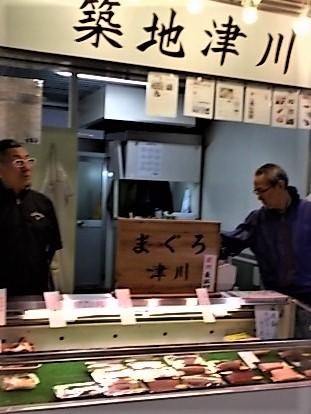
 In the days when freezing technology was not developed, the toro part was not eaten raw, but boiled with green onions in a soy sauce-flavored pot. The red meat was soaked in soy sauce and eaten raw with "zuke". It seems that Toro had topped soy sauce and was not suitable for this cooking method.
In the days when freezing technology was not developed, the toro part was not eaten raw, but boiled with green onions in a soy sauce-flavored pot. The red meat was soaked in soy sauce and eaten raw with "zuke". It seems that Toro had topped soy sauce and was not suitable for this cooking method.
 Now, when I think of "leek", I think of chicken and green onion yakitori. I'm wondering whether to make sauce or salt.
Now, when I think of "leek", I think of chicken and green onion yakitori. I'm wondering whether to make sauce or salt.
Today, I bought a small Indian tuna with a fence at the "Tuna Tsugawa" store in the Odawara building of the "Tsukiji Fish Bank" and decided to drink home.  It's good for my wallet.
It's good for my wallet.
 There are plenty of sizes and types. If you are kind enough to consult with me about tuna, please.
There are plenty of sizes and types. If you are kind enough to consult with me about tuna, please.
(I photographed with permission from the shop.)
 It's always delicious.
It's always delicious.
[Shubo's Ten Hands]
April 15, 2017 09:00
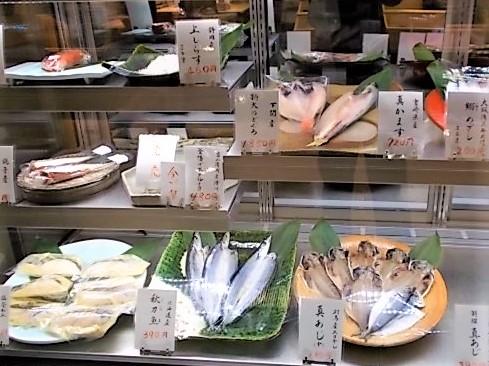

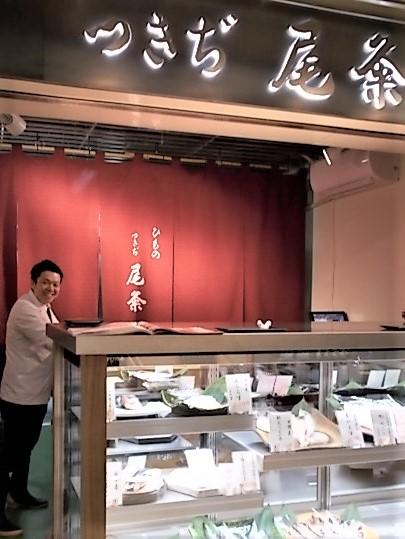 I would like to introduce you to the Japanese restaurant.
I would like to introduce you to the Japanese restaurant.
I can't help it.
There are plenty of different types, and always delicious.
 As expected, Tsukiji Fish Bank
As expected, Tsukiji Fish Bank
It is said that he is the oldest fishery wholesaler in Tsukiji Market.
It is a shop founded in 1871, sticking to the traditional sun-dried and additive-free, and also sticking to seasonal fish (the year when Maejima Mitsu started the postal service).
 "I'll never have a good thing. 。 It is said that "the representative string of Japanese food culture" is being transmitted not only in Japan but also in the world.
"I'll never have a good thing. 。 It is said that "the representative string of Japanese food culture" is being transmitted not only in Japan but also in the world.
I like to buy strings such as saury, horse mackerel, mackerel, mackerel, etc. during the company lunch break and return home, and then drink at home with strings.  The house turned to a party.
The house turned to a party.  It's also kind to your wallet.
It's also kind to your wallet.
 The clerks were all kind and taught me how to eat unusual dried fish and sun-dried small sardines. If you have a chance, why don't you stop by?
The clerks were all kind and taught me how to eat unusual dried fish and sun-dried small sardines. If you have a chance, why don't you stop by?

(We photograph with permission from the clerk.)
[Shubo's Ten Hands]
April 12, 2017 18:00
 The bridge plan connecting Kachidokibashi
The bridge plan connecting Kachidokibashi 
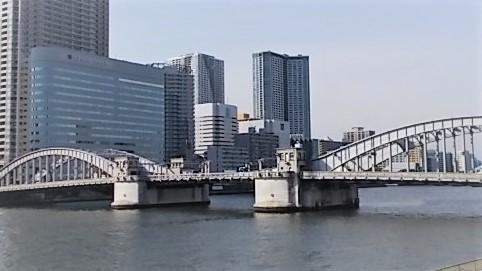
 Tsukiji and Tsukishima was modeled on the Futaba Jumping Bridge in Chicago by building a bridge that opened from the beginning. It was the first form in Japan and was the largest in the East. Completion was completed in 1940 as part of a major event that prestige the country for the Tokyo Olympics and the World Exposition. However, since the Sino-Japanese War became violent, only the bridge was completed.
Tsukiji and Tsukishima was modeled on the Futaba Jumping Bridge in Chicago by building a bridge that opened from the beginning. It was the first form in Japan and was the largest in the East. Completion was completed in 1940 as part of a major event that prestige the country for the Tokyo Olympics and the World Exposition. However, since the Sino-Japanese War became violent, only the bridge was completed.
 The bounce bridge between the central diameter opened up to 70 degrees, and ships of 3,000 tons were able to sail.
The bounce bridge between the central diameter opened up to 70 degrees, and ships of 3,000 tons were able to sail.
 At the time of completion, it was open five times a day for 20 minutes, but the traffic increased and there was no need for large ships to pass through Hashimoto, and in 1970, it became a bridge that did not open. If you open the bridge, it will be a powerful one.
At the time of completion, it was open five times a day for 20 minutes, but the traffic increased and there was no need for large ships to pass through Hashimoto, and in 1970, it became a bridge that did not open. If you open the bridge, it will be a powerful one.
Be sure to take a look at the Sumida River and Kachidokibashi along  with shopping, which is right next to Tsukiji Market. It's a nice view.
with shopping, which is right next to Tsukiji Market. It's a nice view.
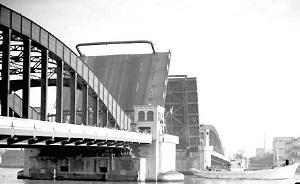
 The center of the bridge is open (collected by the Chuo Ward Kyobashi Library)
The center of the bridge is open (collected by the Chuo Ward Kyobashi Library)
[Shubo's Ten Hands]
April 9, 2017 14:00
[Shubo's Ten Hands]
April 9, 2017 12:00
Phoenixes are lined up in a row.
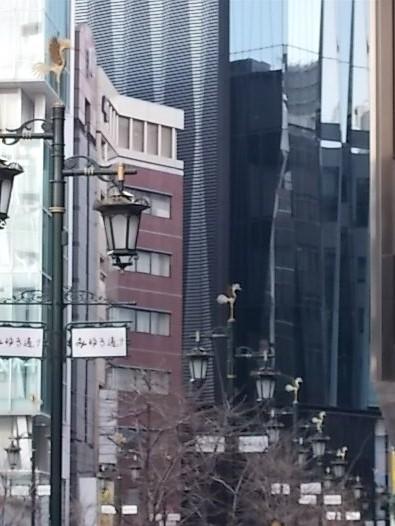
 The origin of the phoenix with golden wings spread is that during the Edo period, the Shogun was named as the road of Miyuki Miyuki when he went to Hamarikyu.
The origin of the phoenix with golden wings spread is that during the Edo period, the Shogun was named as the road of Miyuki Miyuki when he went to Hamarikyu.
It is also said that during the Meiji era, His Majesty the Emperor was designated as a path for excursions to Naval Academy, Naval University, etc. (Tsukiji Market).
In the 1960s, young people who adopted Ibeelic walked around Miyuki Street. From there,  the name of the "Miyuki tribe" was born.
the name of the "Miyuki tribe" was born.
Even today, there are many restaurants, clubs, shops, etc. with high thresholds.  Ginza like Ginza.
Ginza like Ginza.
Take a look at the street lights as well as shopping. It's quite elaborate.

![]() This is a map issued in 1861 (1861). There is Hodo Inari Shrine in this area since the Edo period.
This is a map issued in 1861 (1861). There is Hodo Inari Shrine in this area since the Edo period.![]() still gaining a strong religion as a shrine that gives good luck in prayer for child treasures and thriving business.
still gaining a strong religion as a shrine that gives good luck in prayer for child treasures and thriving business.![]() Why don't you visit the shop in Ginza?
Why don't you visit the shop in Ginza?![]() at Harumi-dori St. toward Tsukiji, turn left at the Ginza Tensho Domae angel and turn left at about 50 meters.
at Harumi-dori St. toward Tsukiji, turn left at the Ginza Tensho Domae angel and turn left at about 50 meters.



